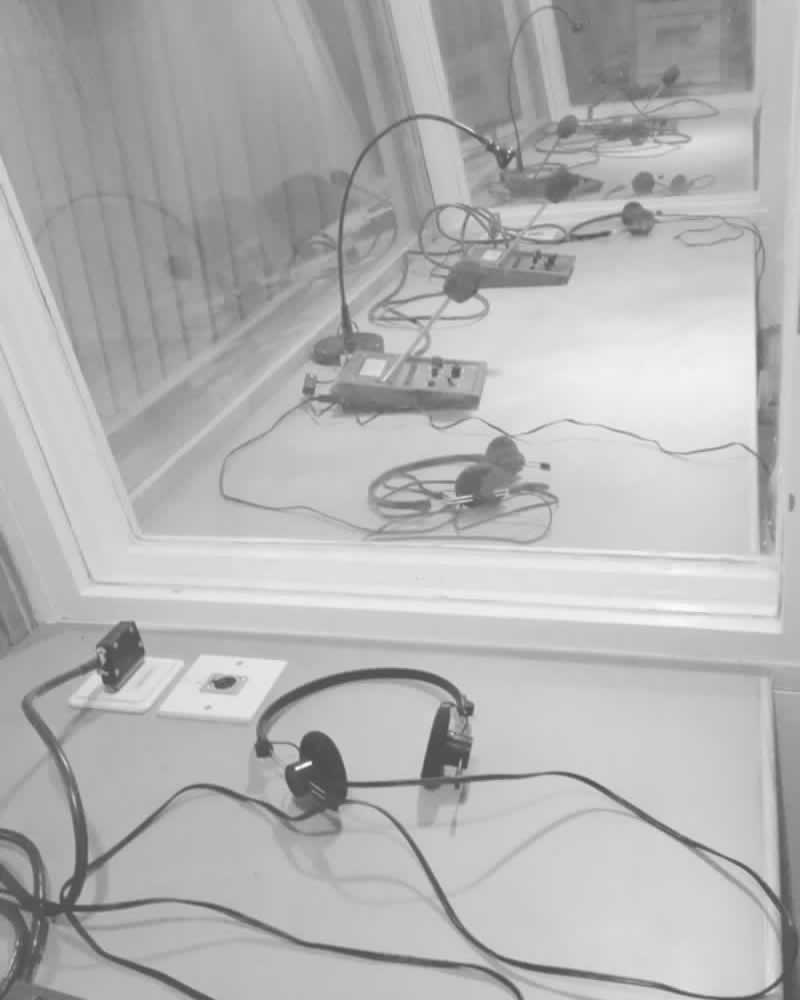The professional organisation of an international event requires the planning of all necessary linguistic and technological requirements to ensure the contents are fully and correctly understood by participants who speak different languages.
I can advise you on the type of interpreting that best suits your plans and develop a solution tailored to your specific needs. Not sure what technical equipment your interpreters will need? No problem, I can also advise you on the best technology companies to work with and recommend the right interpreting equipment for your event.
My working languages are German, English, French and Greek. As a member of the network ECHOO conference interpreting, I work closely alongside a network of skilled colleagues and can, upon request, also put together a team to interpret for you in other languages. As an interpreter and translator, I have a broad range of experience in a variety of different fields. My specialist subjects are European policy, development cooperation, new technologies and environmental, media, culture and communication.

Translations
In addition to my services as an interpreter, I also offer the translation of specialist and general interest texts, e.g. brochures, conference documents, press releases, website texts, blog posts and subtitling for documentaries and films. It’s very important to me that every single translation I deliver conveys the intended impact of the source text and mirrors its style and content, yet still reads like a stand-alone piece of original writing.
My passion for words and language stands me in good stead here, enabling me to deliver compelling texts that are not only accurately translated, but also a pleasure to read.
Certification of translations
Certification is an official way to confirm that a translation is complete and accurate and necessary, for example, for translations of references or certificates for submission to authorities etc. An interpreter/translator may only certify translations if they have been sworn in for the languages in question by the district court of their place of residence.

Simultaneous interpreting
Th e technique of simultaneous interpreting is mostly used at international congresses, conferences or seminars.
Working from a soundproof booth, the interpreter simultaneously relays the words in the other language. As simultaneous interpreting demands an extremely high level of concentration, the interpreters work together in teams (usually in pairs) and take it in turns to each interpret for around 30 minutes.
The benefit of simultaneous interpreting is that the listeners who speak different languages receive all information at the same time as the other participants.
Consecutive interpreting
Consecutive interpreting is commonly used in business negotiations and meetings. The interpreter listens to the speaker and then relays their words in the target language after the speaker has finished talking or completed a short section of speech.
This interpreting technique is particularly suitable for smaller events or for events at which the interpreter only interprets into one language direction.
Whispered interpreting
In the case of whispered interpreting, the interpreter provides a simultaneous rendition of what is being said, usually without any technical assistance. Here, the interpreter sits behind one to two listeners and interprets what is being said quietly, almost in a whisper, and simultaneously.
Whispered interpreting is also suitable for negotiations with just one foreign business partner.
If technical equipment is required for whispered interpreting, a simultaneous interpreting device (or tour guide microphone system) is used. This consists of a microphone and receivers and is suitable, for example, for factory visits and guided tours.
As whispered interpreting demands the same level of concentration as simultaneous interpreting, at least two interpreters for each target language should be hired for longer events.

